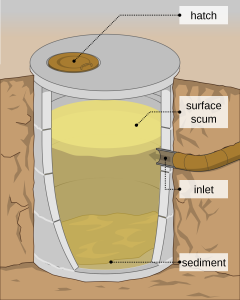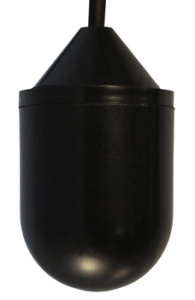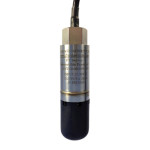 While most new houses and homes in the United States and the United Kingdom are built with sewage systems hooked up their city or town’s main sewer line, some older homes or those in more rural locations may still rely on a septic tank.
While most new houses and homes in the United States and the United Kingdom are built with sewage systems hooked up their city or town’s main sewer line, some older homes or those in more rural locations may still rely on a septic tank.
If you’re in one of these homes, a quality float switch for your sewage pump is an absolute necessity. Float switches are the most important operating feature of a working septic tank alarm, letting you know when your sewage pump isn’t functioning properly, leading to backups and overflows.
Mechanical Sump Switches
These classic single ball float switches feature simple on/off functionality in either pump up or
pump down configurations, ideal for either consumer or commercial industrial use. They’re also useful for basement sump pumps and other uses.
Horizontal Float Switches
For switches and alarms that can be installed into new septic tanks, a side-mounted float switch might be a better option. These switches are run through the side of the tank, rising and falling with water levels to an open or closes position.
Submersible Sensors
 For particularly deep sewage tanks, or for large commercial models, a downhole submersible model might be the best option for controlling sewage pumps or septic tank alarms. Able to fit into small spaces and ideal for depths greater than 10 feet, these sensors, like the FT60, capable of continuous level measurement as opposed to simple point-level measurement.
For particularly deep sewage tanks, or for large commercial models, a downhole submersible model might be the best option for controlling sewage pumps or septic tank alarms. Able to fit into small spaces and ideal for depths greater than 10 feet, these sensors, like the FT60, capable of continuous level measurement as opposed to simple point-level measurement.
Why do you need a sewage pump and alarm?
Septic tanks are underground systems located behind or to the side of the home. All liquid and solid waste from the house enters this tank from an intake, where it naturally separates into three layers: solid “sludge” at the bottom, clarified the water in the middle, and oily “scum” at the top. The clarified water is discharged either into a drain field or designated surface water. Special bacteria help break down the remaining solids. When something goes wrong, sewage pumps can fail to function and cause disastrous backups into the home or outside environment. That’s why liquid level measurement is so important.
Special Concerns for the United Kingdom
Home septic tanks are highly regulated in the United Kingdom, especially England and Wales. Property owners with a septic tank or sewage treatment systems must register their systems or receive an exemption from the Environment Agency. From Parliament:
“Septic tanks can be an effective method for handling small amounts of sewage. However, if they are located in sensitive areas or are poorly built or operated they can cause pollution to water supplies and the environment.” Permits are required for systems that drain directly into areas like open groundwater or protected zones. If planning a new septic system, sewage pump, or small sewage treatment plant, keep these strict government regulations in mind (link).





